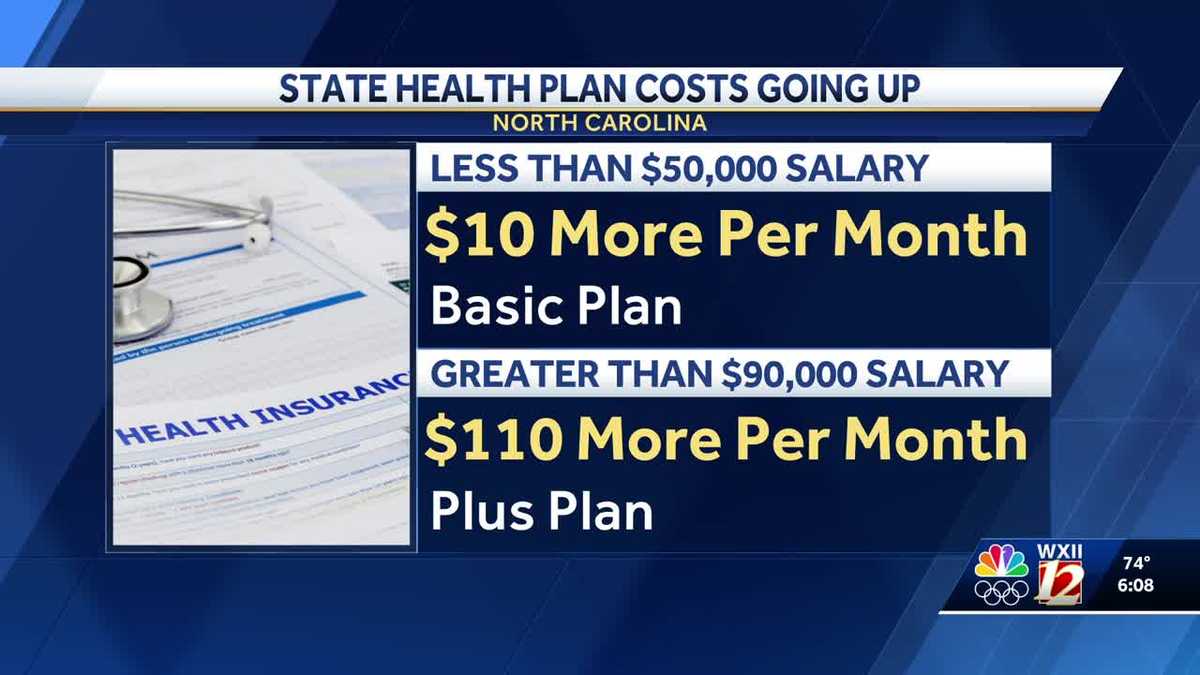Are Mental Health AI Apps Safe? Experts Call for Clear Warnings Like Traffic Lights

The rapid rise of artificial intelligence (AI) has brought incredible advancements to many areas of our lives, including healthcare. But as more Australians turn to AI apps and chatbots for mental health support, a crucial question arises: how do we ensure these tools are safe and effective? Currently, there's a significant lack of oversight and a system to help users distinguish between helpful and potentially harmful AI mental health resources.
Just like we rely on traffic lights – green for safe, yellow for caution, and red for stop – experts are advocating for a similar colour-coded system for mental health AI applications. This would provide users with a quick and easy way to assess the reliability and potential risks associated with each app.
The Current Landscape: A Wild West of Mental Health AI
The mental health space is increasingly populated with AI-powered apps promising stress reduction, mood tracking, and even therapy-like interactions. While some of these apps may offer genuine benefits, the lack of regulation means there's a wide variation in quality and safety. Some apps may be based on flawed algorithms, offer inaccurate advice, or even exacerbate existing mental health conditions. The absence of rigorous testing and validation is a major concern.
Why the Doctor's Visit Matters: The Physical Health Model
Interestingly, the way we approach AI in physical health offers a valuable lesson. When people use AI to gather information about their physical well-being – symptoms, potential diagnoses – they almost invariably follow up with a visit to a doctor. This crucial step allows for a professional assessment, a confirmed diagnosis, and a tailored treatment plan. It acts as a vital safety net, mitigating the risks associated with relying solely on AI-generated information.
The Missing Link: Professional Oversight in Mental Health AI
Unfortunately, this crucial safety net is largely missing in the realm of mental health AI. Many users are turning to these apps as a primary source of support, without seeking professional guidance. This can be particularly dangerous for individuals struggling with serious mental health issues. The potential for misdiagnosis, inappropriate advice, and delayed access to proper treatment is significant.
The Call for Action: Towards Safer AI Mental Health
The implementation of a 'traffic light' system, or a similar framework, is a crucial step towards ensuring the safety and effectiveness of mental health AI. This could involve:
- Independent Audits: Regular evaluations of AI apps by qualified mental health professionals.
- Transparency: Clear disclosure of the app's algorithms, data sources, and limitations.
- User Warnings: Prominent warnings about the potential risks and limitations of using the app.
- Integration with Healthcare Professionals: Encouraging users to discuss their experiences with AI apps with their doctors or therapists.
As AI continues to evolve and integrate into our lives, it's imperative that we prioritize safety and well-being. A proactive approach, including clear warnings and professional oversight, is essential to harness the potential of AI for mental health while safeguarding individuals from harm. Let's ensure that the pursuit of innovation doesn't come at the expense of our mental health.






/static.texastribune.org/media/files/e13edb6592a95dceeed25a995575e103/Doctors+Office+Clinic+Medical+001.jpg)